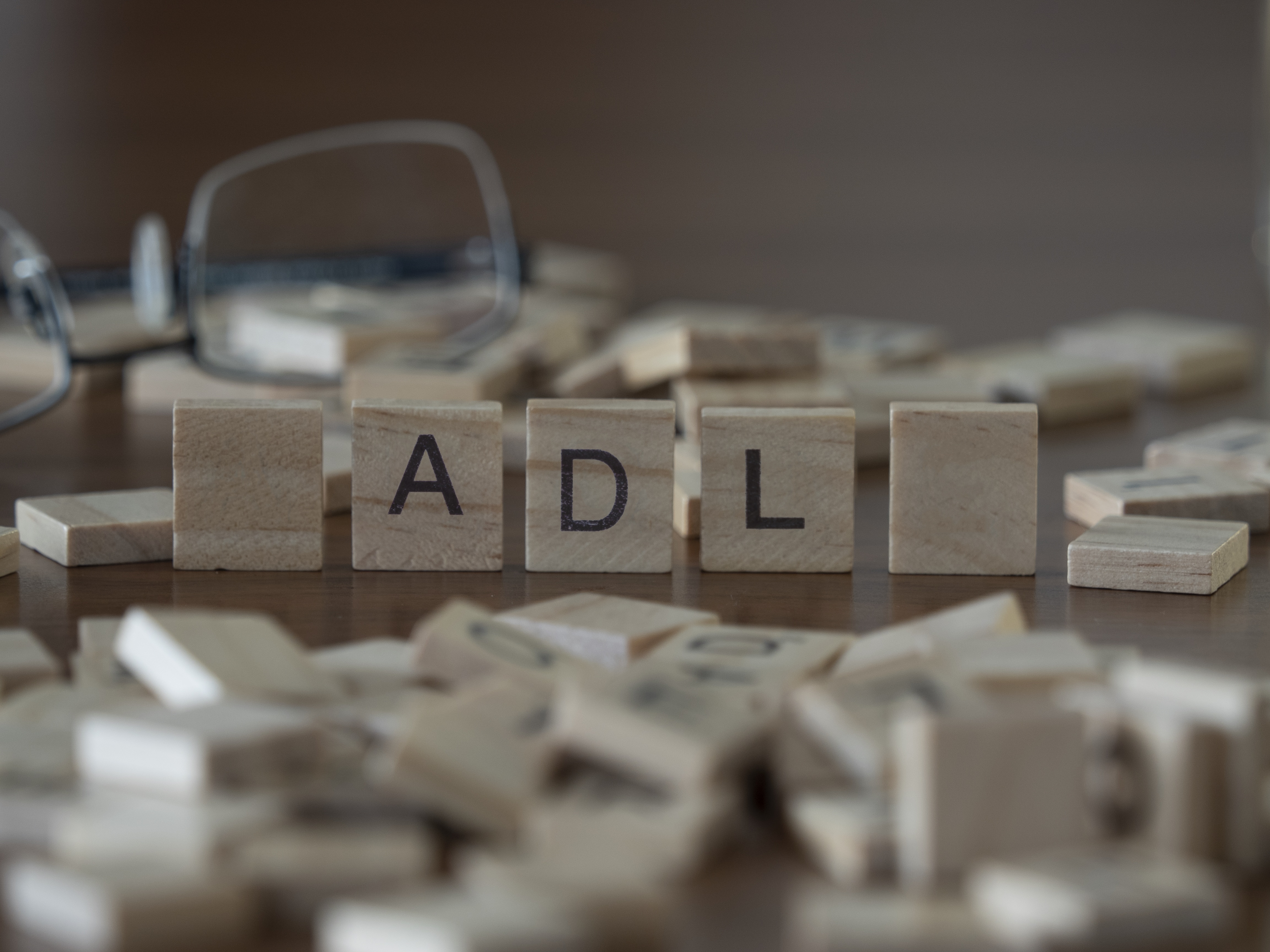
The Anti-Defamation League or ADL is an advocacy organization that started in Chicago in 1913. Its main goal is to fight against antisemitism targeted at American Jews and discrimination against other persecuted peoples. It was originally named Anti-Defamation League of B’nai B’rith, but later ADL split from B’nai B’rith and established its headquarters in New York. ADL states that its mission is a dual one: “To stop the defamation of the Jewish people, and to secure justice and fair treatment to all” via the development of “new programs, policies and skills to expose and combat whatever holds us back.”. In the early 1900s, discrimination against people of Jewish descent was rampant in American society and depicted in newspapers, books and plays. A need to organize against prejudice and hate was made very apparent after the lynching of Leo Frank. Leo was accused of murdering a factory worker named Mary Phagan. The trial was full of holes and prejudice against Leo, as he was Jewish. Leo was convicted and while in a hospital prison, an angry mob stormed the compound, kidnapped Leo and drove him off to lynch him. This brutal killing galvanized people, like Sigmund Livingston, of the need for organization against the climate of hate swirling around the Jewish people. Livingston was a Chicago Lawyer who started the ADL with only a starting budget of $200, two desks, and a noble goal.
The early goal of the ADL was to reduce the amount of stereotypes being presented about Jews in media.To accomplish that goal, the ADL sent letters to various newspaper editors encouraging them not to portray negative stereotypes about Jews. The campaign was fairly successful and gave the ADL the boost it needed at its early start. In the 1920s, the Klu Klux Klan had gone through a revival after the lynching of Leo Frank. A fear of violence from the Klan developed amongst minority populations. The Klan incited violence against Jewish owned businesses by smashing or burning them down. To counter the Klan, the ADL implored a tactic of exposing KKK members who were breaking the law by committing acts of violence. These tactics were successful to varying degrees but as a result, the reputation of the ADL had grown to a large degree among American Jews.The biggest challenge for the early Anti-Defamation League was still ahead; a showdown with the American business tycoon, Henry Ford. Ford was the biggest force, promoting antisemitism in his newspaper called, The Dearborn Independent. Ford’s paper would reprint “The Protocols of the Learned Elders of Zion”, a fraudulent document alleging a Jewish and Masonic plot to achieve world domination. To counter The Dearborn Independent, a campaign was launched by publishing informational pamphlets including, “The Poison Pen” and “The Protocols-A Spurious Document.” Still, Ford wouldn’t relent and his newspaper printed more antisemitic propaganda. The plan to counter Ford moved into the next phase, as the ADL along with other anti-discrimination groups began pressuring President Woodrow Wilson to condemn Ford. Under the mounting pressure from the ADL and now the US government, Ford issued an apology in 1929 and closed The Dearborn Independent. The Anti-Defamation League started in 1915 with a mere $200 and two desks and grew to become one of the biggest fighters against antisemitism and discrimination. Through its early challenges, the ADL proved that it can fight against the hate that plagued Jews in the early 20th Century.